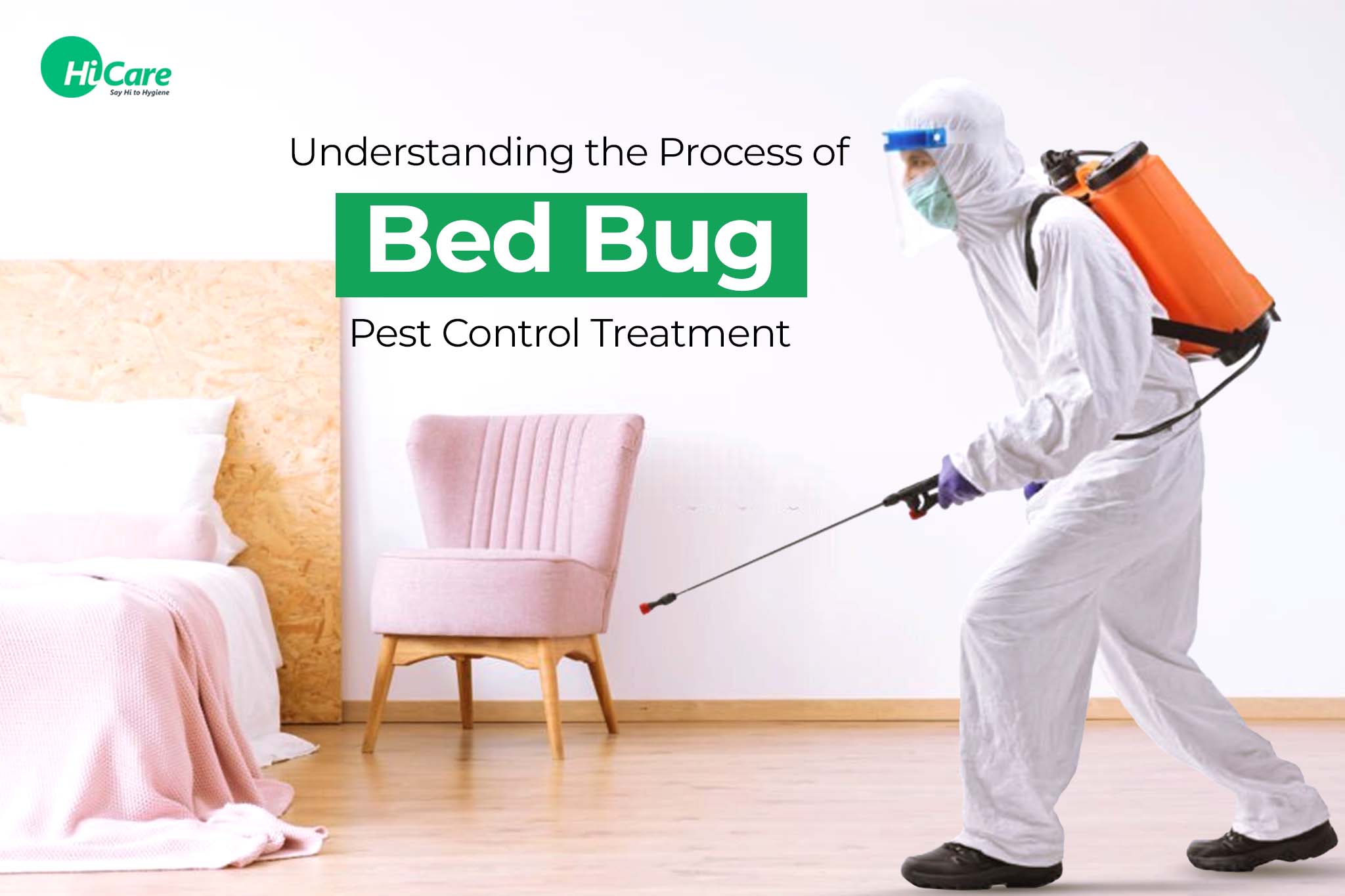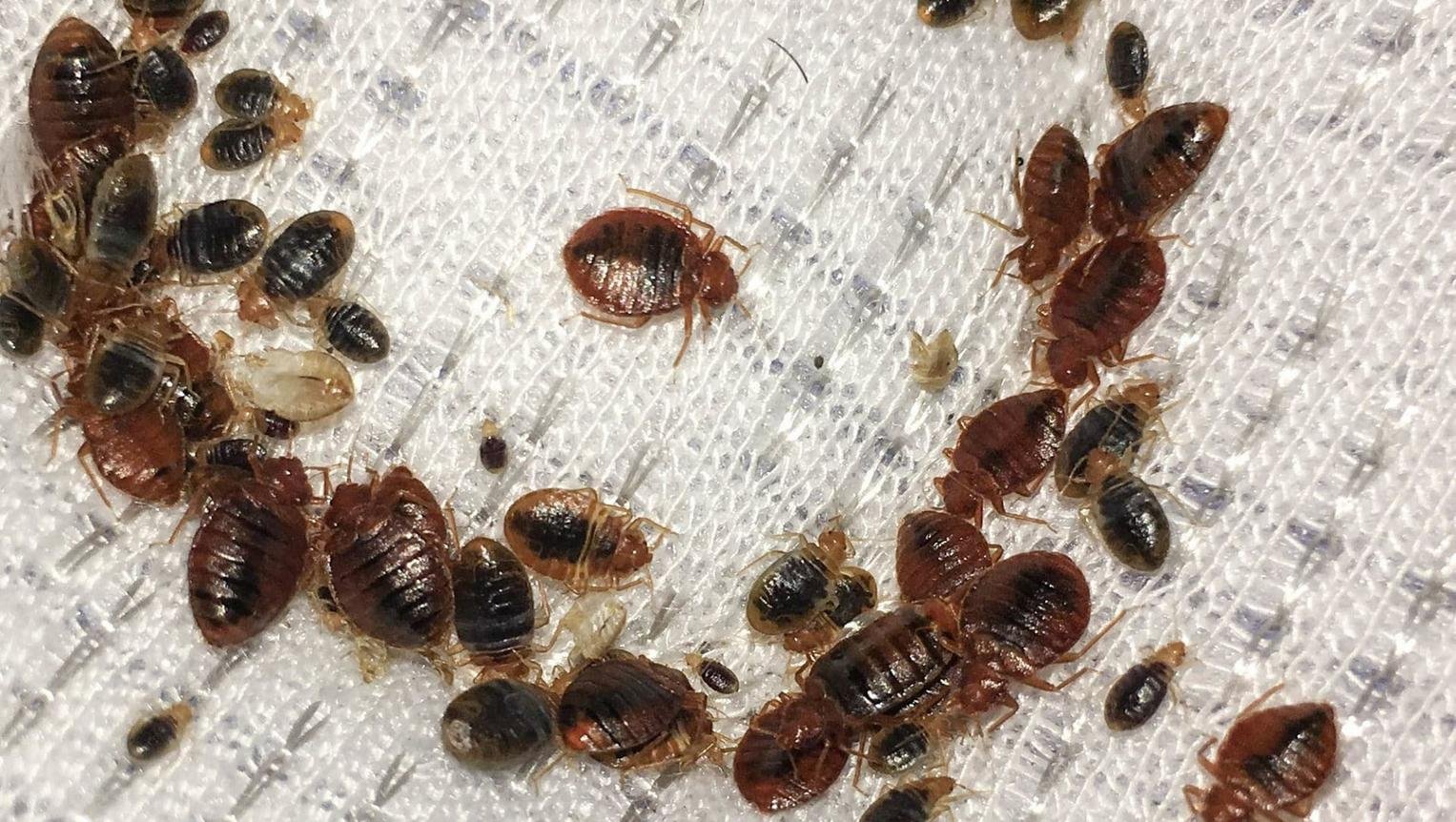Insect Control Solutions Demystified: The Science Behind Eliminating Bugs and Insects
Behind the relatively regular task of eliminating insects lies a remarkable globe of clinical principles and methodologies that drive the process of bug management. From understanding the intricate actions patterns of pests to using innovative technologies for their obliteration, the realm of parasite control operates on a foundation of expertise that extends much beyond just eliminating undesirable intruders.
Insect Actions Analysis
Checking out parasite actions is important in developing efficient pest control methods for both domestic and business settings. By understanding the behaviors and patterns of pests, parasite control professionals can implement targeted and reliable remedies to get rid of invasions. One crucial element of pest actions evaluation is recognizing the details variables that attract bugs to a specific location. This might include accessibility to food resources, water, shelter, or desirable environmental conditions. Some parasites are attracted to areas with high moisture degrees, while others are drawn in to rubbish or natural matter.
Furthermore, researching parasite behavior aids in establishing the most suitable techniques of parasite control. Overall, a detailed analysis of pest habits is crucial for creating tailored pest administration plans that are both ecologically pleasant and highly efficient.
Integrated Pest Monitoring Techniques
Integrated Pest Administration Strategies include extensive techniques that make use of a combination of precautionary actions, organic controls, and checking to successfully handle parasite populaces. Safety nets intend to remove elements that draw in insects, such as food and water sources, by implementing appropriate sanitation methods. This includes sealing cracks and holes, taking care of leaks, and storing food in impermeable containers. Biological controls include presenting natural killers or parasites to manage pest populaces, decreasing the need for chemical pesticides. Releasing ladybugs to prey on aphids in a yard is an usual biological control technique. Monitoring plays a crucial function in Integrated Bug Management by on a regular basis examining and recognizing pest populations to figure out one of the most suitable control techniques. By making use of a mix of these methods, bug control services can reduce the ecological effect of pest management while efficiently lowering pest populations in a sustainable way.
Eco-Friendly Insect Control Solutions

With a focus on sustainability and ecological awareness, environment-friendly pest control remedies offer an all-natural and efficient over here option to typical chemical pesticides. These techniques focus on making use of safe active ingredients stemmed from plants, minerals, or various other organic resources to battle pest invasions without causing harm to the environment, humans, or non-targeted species.
One preferred eco-friendly technique is organic pest control, which entails introducing all-natural predators, parasites, or pathogens to manage pest populaces. By using the power of nature's own checks and equilibriums, this approach can properly manage bugs without the requirement for unsafe chemicals. Additionally, organic pesticides originated from plants like neem, pyrethrum, and garlic have shown guarantee in fending off or killing parasites while continuing to be safe for useful bugs and pets.
Additionally, eco-friendly insect control remedies commonly concentrate on preventive actions such as securing entry points, eliminating food and water sources, and maintaining proper sanitation to deter insects from infesting buildings. By incorporating these sustainable techniques, bug control services can properly remove bugs while decreasing environmental impact.
Function of Modern Technology in Bug Removal
Modern improvements in modern technology have transformed the field of parasite removal, boosting the efficiency and performance of parasite control solutions. One of the key technical tools in pest control is the use of remote tracking devices, such as video cameras and sensors, which aid in identifying parasite hotspots and tracking parasite movements.
Additionally, the growth of environment-friendly pesticides and baits that are more targeted in the direction of certain parasites has been implemented with technological improvements. This targeted method decreases the total use chemicals, decreasing environmental influence while efficiently taking care of pest populaces. In addition, using drones for aerial studies and targeted pesticide application in hard-to-reach this areas has streamlined parasite control procedures.

Relevance of Routine Pest Inspections
Routine insect examinations are essential for maintaining a pest-free setting and protecting against problems from taking hold. By performing normal inspections, homeowner can detect bug problems at an early stage, enabling swift and targeted interventions to eliminate the bugs prior to they replicate and spread out. These inspections give a possibility to recognize possible entry factors where bugs can penetrate the facilities, enabling positive actions to seal these accessibility factors and protect against future infestations.
In addition, normal bug inspections can assist protect the wellness and safety and security of occupants by making certain that the environment continues to be without disease-carrying pests and allergens. Early detection of parasites like rats, cockroaches, or bed pests can stop health dangers related to their presence, such as sensitive reactions, contamination of food and water resources, or the transmission of diseases.
Along with shielding human health, regular insect assessments are essential for preserving the visit here structural honesty of buildings - ez commercial pest control service. Certain parasites, such as termites, can cause substantial damage to wood structures if left untreated. Through routine assessments, homeowner can recognize termite invasions early and execute actions to avoid pricey architectural repairs
Verdict
